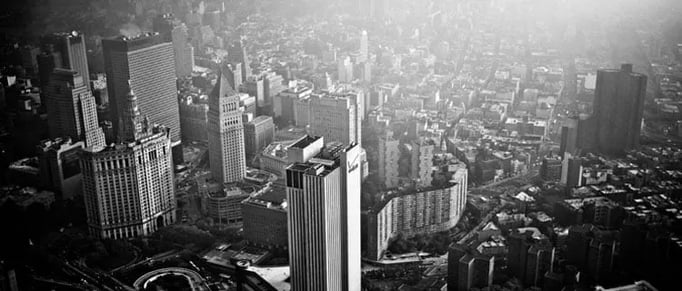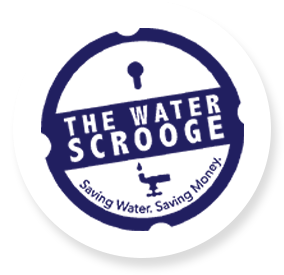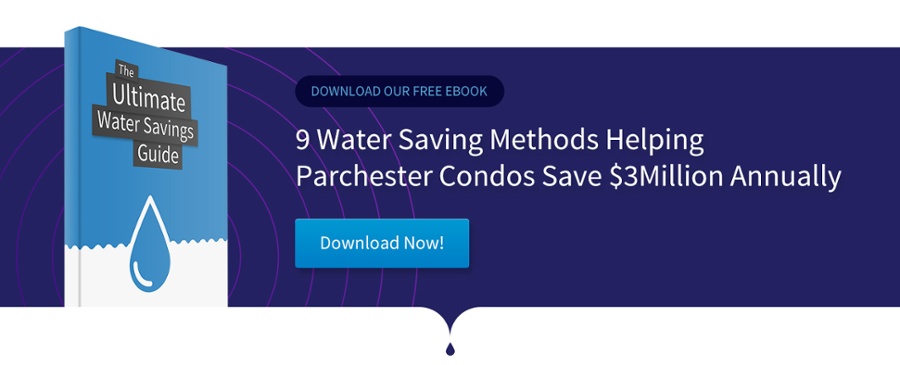
Landlords in New York City have it tough. By law, landlords are required to pay for their tenants’ water and heating, and in some cases, even pay electricity. Since tenants don’t pay for these utilities, they don’t usually care that much about minimizing water and electricity consumption. Landlords, however, have to care, since the money is coming from their pockets!
As a landlord, you can’t forego on paying utilities, but there are certain ways to cut costs. The trick is to do it in a way that won’t upset your tenants.
Since gas, electric, and water are the three big utilities, these are the areas that are best to invest in conservation efforts. Here are some tips for lowering the bills for each of them for multi-family buildings.
Gas and Electric
Depending on the infrastructure of your apartment, your tenants will be using gas or electricity to heat their homes, water, and power big appliances. Whatever it is they use, costs money. However, you can’t exactly tell tenants to turn the lights out by 10:00 pm and limit their cooking to the weekends.
But while you can’t limit your tenants’ use of utilities, you can find ways to make them more efficient. Cooling and heating, for example, demand the most energy in homes, so sealing cracks can go a long way toward making your apartment as insulated as possible.
Other ways to lower your bill include:
-
Replacing HVAC filters
HVAC filters are used in air conditioners and heating units, and if they’re not changed regularly, the efficiency of these appliances decreases. This means tenants will use them more or put them on a higher setting and still not get great results. But according to the Department of Energy, replacing an old, dirty filter can lower energy consumption by 5 to 15 percent. The general rule of thumb is to replace HVAC filters every 90 days. It might be a hassle, but it’s also a good way to increase efficiency and cut costs.
-
Installing double-pane windows
Old windows can often be drafty and lead to your valuable heating and cooling going out the window — literally! Installing double-pane windows can keep your apartments comfortable year-round and reduce the need for heating and cooling. The trick to installing double pane windows is that you have to replace all the old windows at the same time — otherwise, the insulation won’t work and you won’t see any reduction in energy consumption.
-
Replacing old appliances with Energy Star appliances
While Energy Star appliances won’t eliminate your electric bill, they can reduce it. Old models of refrigerators, dishwashers, washing machines, and dryers can sap large amounts of energy (and money). If your units are furnished, then consider swapping those old machines out for energy-efficient models that can save you money in the long-run to the tune of 30 percent in savings.
-
Installing programmable thermostats inside the units
Heating and cooling are major expenses in apartment buildings, but there are parts of the building that don’t need to be heated/cooled constantly. Installing programmable thermostats in the common areas of your property can save on energy costs without affecting the comfort of your tenants. According to the EPA, programmable thermostats can save between 10 and 30 percent on the space heating and cooling parts of energy bills. There are plenty of programmable thermostats to choose from, depending on your needs and budget.
-
Installing motion light sensors
Motion light sensors turn on lights when they detect motion, but if there is no motion, the lights stay off. This means that landlords can save money by not wasting unnecessary electricity.
-
Installing LED light fixtures
LED light fixtures use 75% less energy than incandescent lights, which is reason enough to switch. Plus, they last 4x longer than incandescent bulbs and they’re considered to be safer.
-
Lower the temperature on the water heater
While water has its own bill, heating up water uses energy. Therefore, lowering the temperature on your water heater from 140 to 120 can save anywhere between 5-20 percent on your water heating costs. (Exact savings depend on hot water usage and the utility company.)
While all of these things require a financial investment upfront, the result can be significant savings in the future. Plus, doing these things won’t invoke the anger of your tenants. In fact, they may even thank you for replacing old parts and installing new technology.
Water
Water is arguably the biggest expense of landlords in NYC, and it’s increased by over 300 percent over the past 20 years. While you can’t cut down on the tenants’ use of water, you can find ways to reduce usage and identify leaks.
Fortunately, there are plenty of ways to conserve water. Some water-saving options for NYC landlords include:
-
Replacing old toilets with dual flush toilets
According to Consumer Reports, old toilets can use as much as 4x more water per flush than newer ones. And if it's a leaking toilet, it can lead to thousands of lost gallons every month. Dual flush toilets are a great upgrade because they give people the option to use less water, depending on how much waste needs to be flushed. Therefore, making the switch can lead to significant savings in water use every day.
Check out our Toilet Scrooge FAQ and learn how you can fix 80% of your leaks!
-
Installing faucet aerators and low-flow showerheads
Faucet aerators are small round devices with a filter-like screen that screw on to the faucet where the water comes out. Aerators dilute the stream of water with air and thus reduce the water flow from the faucet.
But keep in mind: while in theory, this is a good way to save water, in practice tenants don’t like the feeling of less water coming out of the faucet. The same goes for low-flow showerheads. These showerheads are designed to reduce the amount of water that comes out of the showerhead, but even low-flow showerheads that claim to have high water pressure still aren’t the same as regular ones. And that means tenants won’t like them and may try to tamper with them or remove them.
-
Installing water controllers
Water controllers are the same concept as low-flow showerheads, but they differ in that they are hidden in the walls, whereas low-flow showerheads are in full view of the tenants. Water controllers keep water flow at or below the legal 2.5 gallons of water per minute and can’t be tampered with by tenants. When tenants use less hot water in their showers, savings can add up to $500 a year per unit in both water and energy bills.
-
Wireless monitoring
Use a wireless monitoring system that helps you track leaks as they happen, not after serious damage has been done. A monitoring system will come with wireless sensors that can be attached easily to pipes in every unit, so landlords can track water use from toilets, sinks, washing machines, and more. The long-term savings can be significant. Depending on how many units are in your apartment building, landlords can save between 20 and 50 percent on their overall water bills. Moreover, 65% of water usage in apartments is hot water, so you’ll also be saving on energy costs.
In general, saving water is best done with devices and systems that can’t be tampered with. While tenants don’t have ill intentions, they don’t have the same concerns that landlords do. Contact us at The Water Scrooge for more information and start saving water and money today.
Ask us about our Water Consulting services!
About The Water Scrooge™
The Water Scrooge™ offers water conservation ways and products to multi-family landlords and homeowners, including: shower flow controllers, Leak Detection Systems, Toilet Leak Prevention Devices (The Toilet Scrooge™), water flow management devices (SMART Valve™), toilet calibration and DIY products.
Also featuring The Water Scrooge™ App. Our app empowers your team to carry out the installation of our kits. With it, you can also record and track data points about the units (other than water usage).




